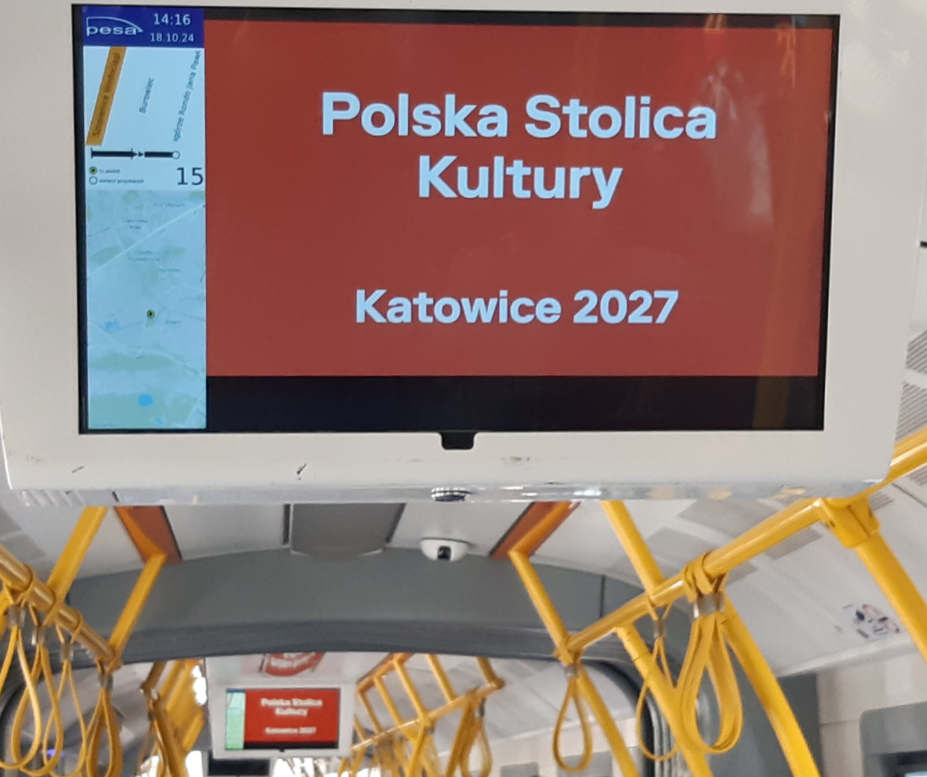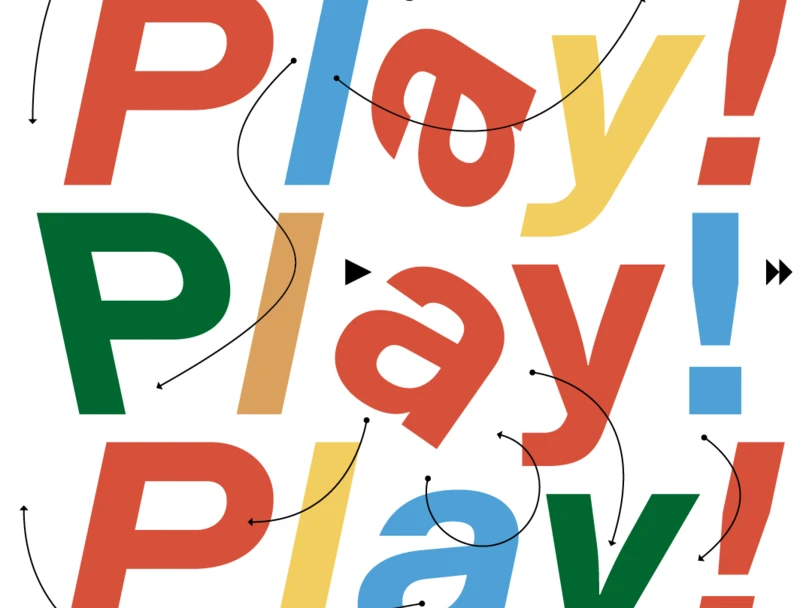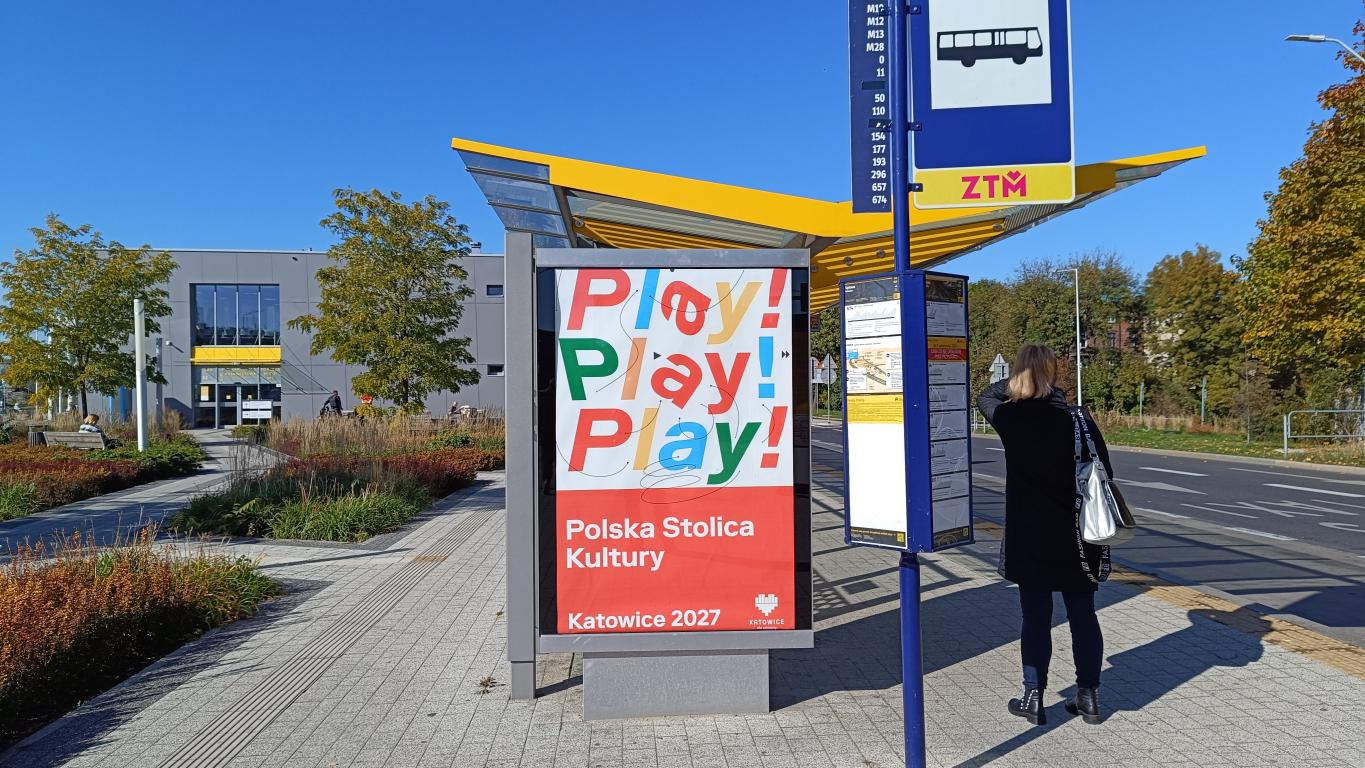At the end of September in Warsaw, the results of a competition were announced, within the framework of which several Polish cities were striving for the title of European Capital of Culture 2029. This prestigious title was won by the City of Lublin. Meanwhile, Katowice, together with the Upper Silesian-Zagłębie Metropolis, obtained the title of Polish Capital of Culture 2027.
Quick start
A few days after the conclusion of the competition, at the request of the Katowice City Hall, we began a promotional campaign under the slogan “Play! Polish Capital of Culture. Katowice 2027.” Such a rapid launch of the campaign was possible thanks to the immediate response to the obtained title and swift decisions from the Katowice City Hall, as well as the great commitment and support of our client at the stage of preparation and planning of the campaign.
Play! Get in the game!
The slogan “Play,” used in the campaign slogan, is an invitation to actively explore and discover culture, which provides energy and releases a range of positive emotions. The campaign is based on colorful, very clear graphics. The minimalist message is not accidental. It influences readability, improves memorability, and evokes a range of positive associations. At the same time, this type of message works excellently on OOH media, which the campaign uses to a large extent.

Mix of OOH media
From mid-October, residents of Katowice and people visiting this city (students, tourists, workers commuting here from other cities within the GZM) can see the campaign graphics on trams, at bus and tram stops, and also on media representing the DOOH (digital out of home) group, including on LCD screens placed in public transport vehicles, on the LED curtain on the facade of the PKP train station, and on monitors and electronic citylights located at the Pyrzowice International Airport.
The “Play! Polish Capital of Culture. Katowice 2027” campaign shows how, within a single outdoor action, it is possible to efficiently combine and use analog and digital media. It also proves that urban space (and the media located within it) is a good place for conducting effective brand-consumer dialogue.















